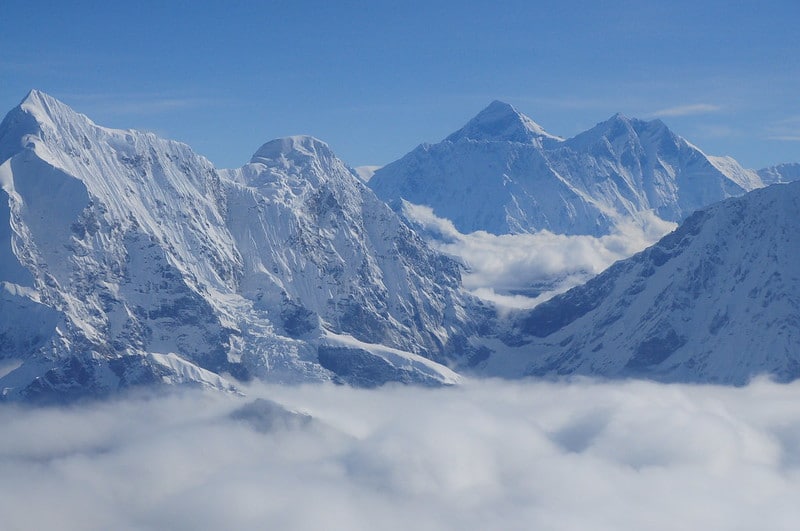A piece of Himalayan glacier in Uttarakhand in India broke off and fell into a river earlier this week, triggering an avalanche and floods that have killed at least 20 people so far, while nearly 200 remain missing, according to Reuters.
—
What is Happening?
- The glacier collapse in India occurred at about 10pm local time when a piece of the Nanda Devi glacier broke off, sending water flowing down the Dhauli Ganga river valley.
- The flood destroyed two dams, trapping workers in tunnels and forcing villagers downstream to evacuate. Most of the dead and missing worked at the two hydroelectric projects. About 21 people are missing from the Rishiganga dam, and another 150 people are missing from the larger project. Workers are trapped inside two tunnels at the latter. Rescuers freed 12 people from the smaller tunnel on Sunday, but are still trying to extricate 35 people believed to be trapped inside the larger tunnel.
- The flooding also knocked over trees and buildings. Thankfully, authorities say that the threat of new flooding has ended.
- According to a 2019 study, Himalayan glaciers are melting twice as fast as they were in 2000 because of climate change. Further, the IPCC’s Special Report on Oceans and Cryosphere warned that glacier threat could increase the risk of landslides and floods in regions where these disasters were previously unheard of.
You might also like: The New Economy of a Warming Arctic
- Despite this, there has been a push to build more dams in the region, which environmentalists have warned against doing. Meanwhile, the IPCC has called for more efforts to monitor the effects of climate change in the region.
- This disaster comes about eight years after the “Himalayan tsunami” of 2013, when heavy monsoon rains triggered floods and landslides that killed nearly 6 000 people in Uttarakhand. However, Sunday’s incident did not occur during the rainy season, and the weather report for the region showed no record of rain or snow.
Featured image by: Flickr

















